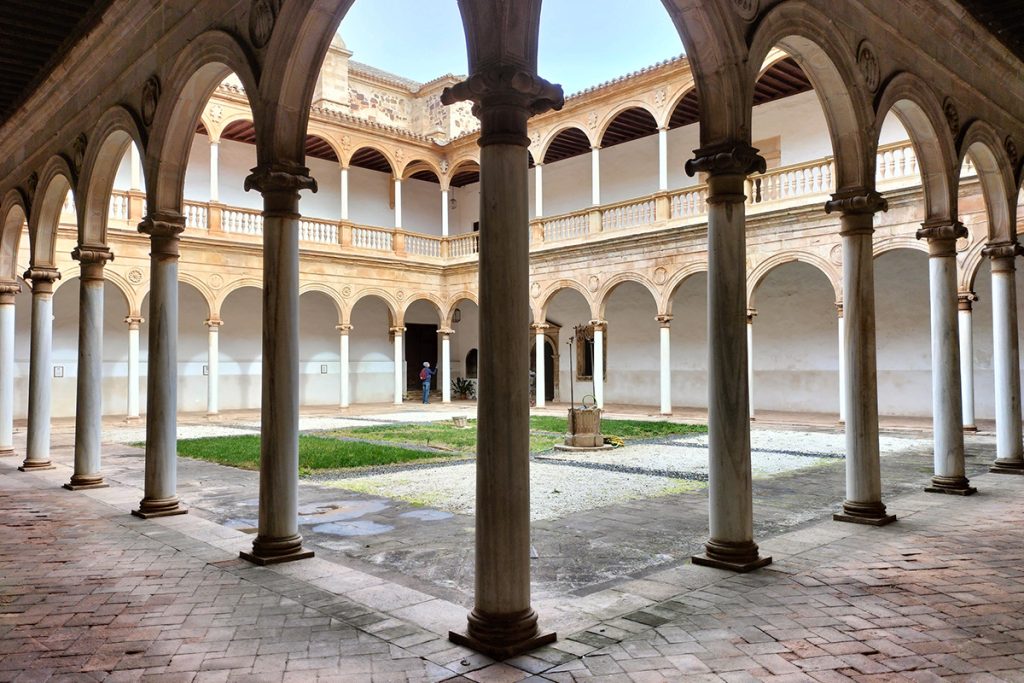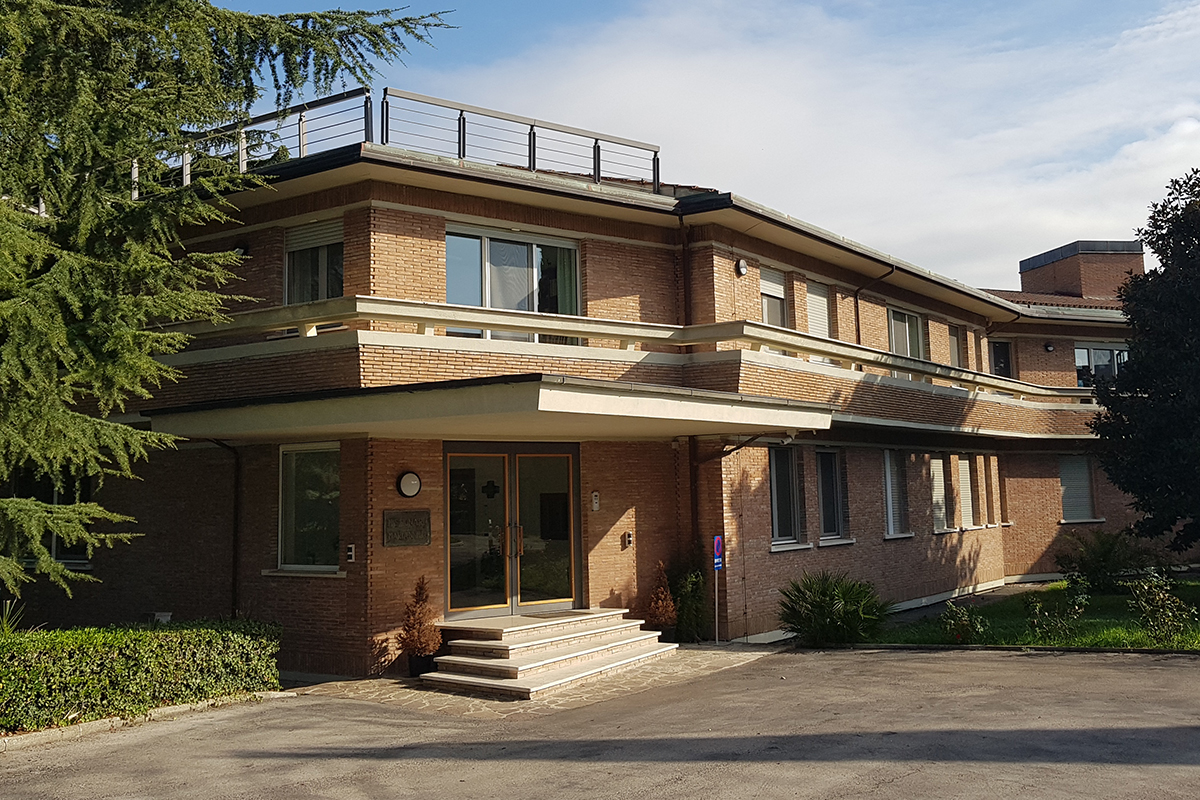|
Getting your Trinity Audio player ready...
|
- In Italy, the decline in religious vocations has led to the progressive depopulation of ecclesiastical properties. Let’s analyze the main challenges (and opportunities) on the horizon.
- Ecclesiastical properties come in various forms and belong to almost 30,000 different entities, making unified and standardized management highly complex.
- The social real estate enhancement of an ecclesiastical property must ensure economic sustainability while pursuing objectives aligned with the founding charism of the owning institution.
- Assessing potential and resources, identifying the value of new services offered, and adapting the property’s functions to actual needs: these are key steps in facilitating the process of reuse and social enhancement.
Between crisis and opportunity
A story of depopulation. Over the past forty years, the number of religious men and women in Italy and around the world has progressively declined, and this trend continues. Behind a religious world that is increasingly shrinking, not only in Italy but globally, lies the severe crisis of vocations – an outcome of profound socio-cultural changes in recent decades and the ongoing secularization process. This situation has led to the gradual emptying of numerous ecclesiastical properties throughout the world. In some cases, these properties have been permanently abandoned due to unsustainable management and maintenance costs.
This real estate heritage, rich in history and identity, risks being lost due to a lack of proper enhancement. To prevent this, it is necessary to breathe new life into ecclesiastical structures that are no longer or only partially used, supporting this transition with a plan that ensures financial viability. This is not always an easy task, especially considering the current period of geopolitical, economic, and social uncertainty. However, while challenging, it is not impossible, as we will explore in this article.
Ecclesiastical properties in Italy and abroad: what are they and who owns them?
To navigate this highly specific field with confidence, it is essential to clarify some key points. First, what are ecclesiastical properties? They are assets owned by religious institutions belonging to the Catholic Church and recognized by the Italian state or by foreign nations with specific legal perimeters (eg. In USA the 501 (c) (3) organizations). These include:
- places of worship and convents;
- properties designated for apostolic works;
- educational facilities;
- hospitality establishments;
- properties for healthcare and elderly assistance services;
- properties intended for the sustenance of the clergy.
According to the Italian General Directorate for Religious Affairs of the Ministry of the Interior, as of late 2015, there were 29,932 entities owning ecclesiastical properties. Although this data is not the most recent, it still illustrates the challenge of applying uniform rules and procedures in managing ecclesiastical assets, particularly when considering changes in use and function.
Enhancing properties between law and new opportunities
The complexity and uniqueness of ecclesiastical properties, as well as their extraordinary potential, are evident even from a legal perspective. These structures are classified as mixti fori, meaning they are subject to various legal frameworks: Canon Law, agreements between the State and the Church, and Civil Law. Canon Law specifies that the Church may use its properties as instruments to achieve its specific purposes – conducting worship, sustaining the clergy, and carrying out charitable works, particularly for the most needy.
Herein lies the challenge. When faced with an underutilized or even abandoned ecclesiastical property, there are two possible paths: alienation or enhancement. Typically, real estate enhancement aims to maximize rental income and increase property value. However, in the case of an ecclesiastical property, the pursuit of profit must align with the evangelical mission of the religious institution that owns it.
This concept was further elaborated in the Vatican document Economy at the Service of Charism and Mission¹. This is where the concept of social real estate enhancement comes into play – a model aimed at making properties more meaningful by fostering social engagement, inclusivity, and long-term sustainability rather than just focusing on financial gains.
Toward a genuine social enhancement of ecclesiastical properties
The first step in the social enhancement of an ecclesiastical property is assessing its potential and the alternative uses permitted by the local General Urban Plan. From this analysis, the next step is to quantify the social value the property can generate, considering factors such as the number of people served, the frequency of service provision, or the value of individual services offered. Additionally, the social significance of the planned services should be evaluated based on the urgency of needs and their preventive impact. Often, this process results in leasing or granting the property for free use to non-profit organizations with social goals aligned with the founding charism of the owning religious institution. Financial stability, crucial for ensuring the long-term success of the initiative, must also consider:
- careful and ongoing maintenance to extend the property’s lifespan;
- the recovery of all available resources within the property (such as energy efficiency measures);
- a long-term plan that includes reconfiguring functions and services based on the actual needs of the surrounding context.
In this way, the reuse and social enhancement of an ecclesiastical property can become a winning strategy. This approach preserves the property’s cultural and identity value while fostering new forms of circular economy and generative welfare. From oblivion to a new frontier of social innovation – the step can be a short one.
NOTE
¹ For further reading: Economy at the Service of Charism and Mission, Congregation for Institutes of Consecrated Life and Societies of Apostolic Life








